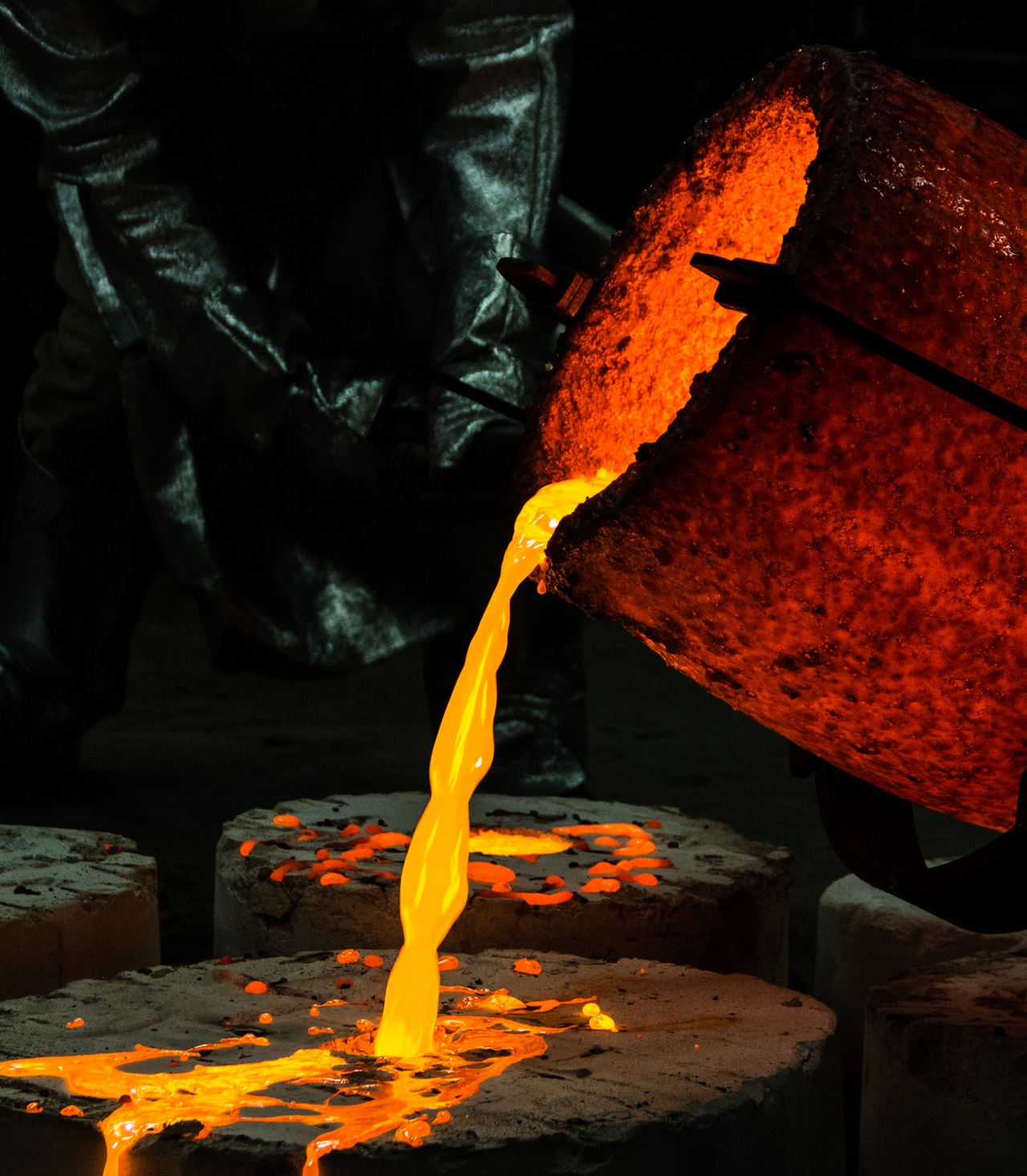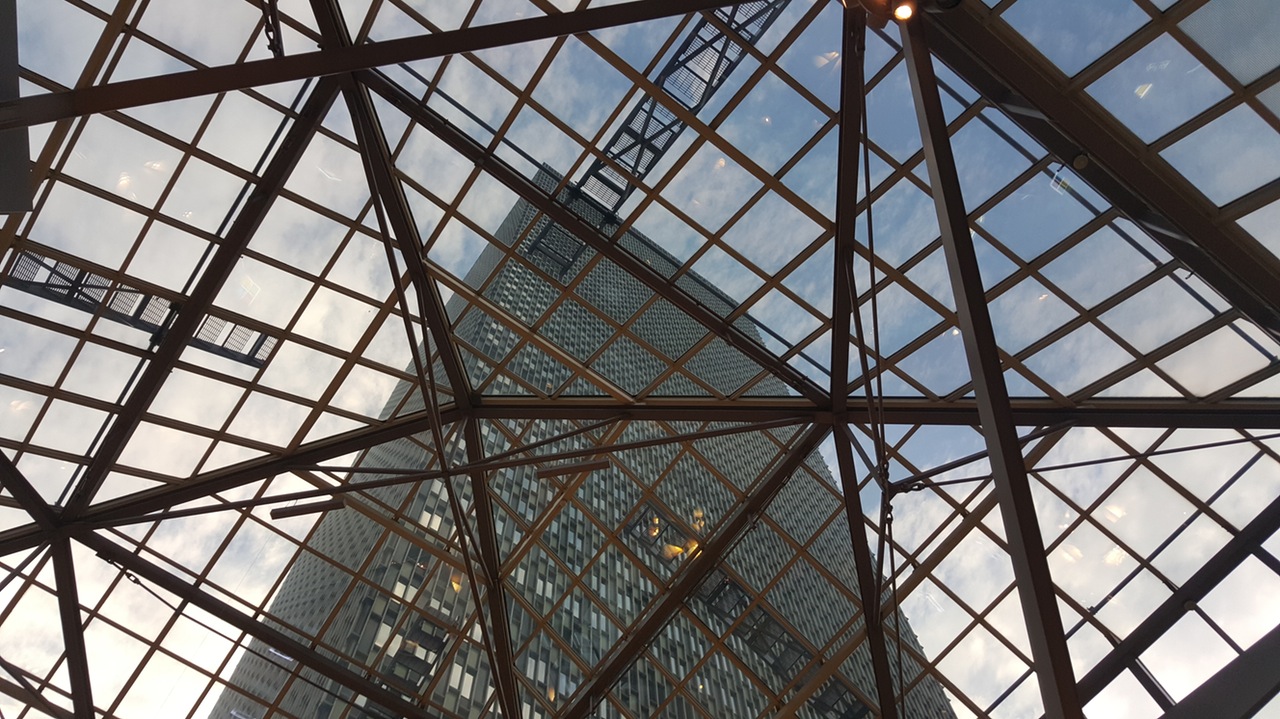Jul 25

Steel 101
by Steeler Inc.
When Iron Ore mom loves Carbon dad very much and a little heat is applied, Steel is born.
Steel is a fundamental ingredient to most construction projects. We’re surrounded by steel every day, from the roof over our heads to the car that you drive. But where does it come from? The journey of steel originally began in the ground as iron ore but nowadays, the recyclability of steel means steel today usually has steel scrap in it.
Fun Fact! 69% of all steel in North America is recycled! (American Iron and Steel Institute) 
The very basics of steelmaking start with iron ore – if not using recycled steel scrap – which is smelted to remove oxygen for the resultant “pig iron”. Pig iron contains too much carbon to be considered steel, so the next step is to remove the excess carbon through basic oxygen steelmaking. The carbon content of steel is between 0.002% to 2.1% by weight; any less and the iron is too soft; any more and the iron is too brittle. Pig iron has about 3.5-4.5% carbon. With basic oxygen steelmaking, oxygen is blown through the iron to create low-carbon steel. Et voila!
Fun Fact! Pig iron’s name comes from the branch shape of the molds, that looked like piglets, used when iron ingots were created back in the day.
History
 Evidence has been found that steel dates way back to ancient civilizations, such as China, the Roman Empire, and India. Modern steelmaking started in 17th century Europe – iron was smelted in a blast furnace. Then, the Bessemer process was introduced, which was a cheaper and more efficient process for mass production of steel. The process also removed impurities through oxidation by blowing air through the iron. This process was revamped with the Linz-Donawitz process, more commonly known as basic oxygen steelmaking. Basic oxygen steelmaking blows oxygen (rather than just air) through pig iron to lower the carbon content.
Evidence has been found that steel dates way back to ancient civilizations, such as China, the Roman Empire, and India. Modern steelmaking started in 17th century Europe – iron was smelted in a blast furnace. Then, the Bessemer process was introduced, which was a cheaper and more efficient process for mass production of steel. The process also removed impurities through oxidation by blowing air through the iron. This process was revamped with the Linz-Donawitz process, more commonly known as basic oxygen steelmaking. Basic oxygen steelmaking blows oxygen (rather than just air) through pig iron to lower the carbon content.
Fun Fact! Wootz steel, created in South India in the 6th century, had a reputation of being the finest steel.
Modern Day Steel
In modern times, about 90% of steel production creates carbon steel, which is very strong and ductile (easily bent without losing strength). Alloy steels, like stainless steel, have other elements in its  formula to give different properties, like 11% chromium to resist corrosion. Today, standards have to be met for what qualifies in certain grades of steel, depending on the steel organizations of the country.
formula to give different properties, like 11% chromium to resist corrosion. Today, standards have to be met for what qualifies in certain grades of steel, depending on the steel organizations of the country.
Modern day use of steel is everywhere, especially in construction. Most modern buildings, including stadiums, skyscrapers, and airports, are framed in steel products. Infrastructure such as roads, bridges, and railways use steel while concrete structures can utilize steel as reinforcement. Even the tiny things such as screws, nails, and bolts are made of steel. The frame on a car also uses steel, for its light weight and high strength.
Fun Fact! A car’s construction is engineered to actually crumple on impact, so the car takes the damage and the passengers are safe.
Steel has had a long history, from the first steel manufactured in ancient civilizations to the engineered marvel it is today. All the benefits of steel, from its strength to its reusability to its light weight, make it an ideal material for building and steel continues to be ubiquitous in society. Next time you drive your car or enter a building, you can appreciate the ages and thought that went into its construction.





